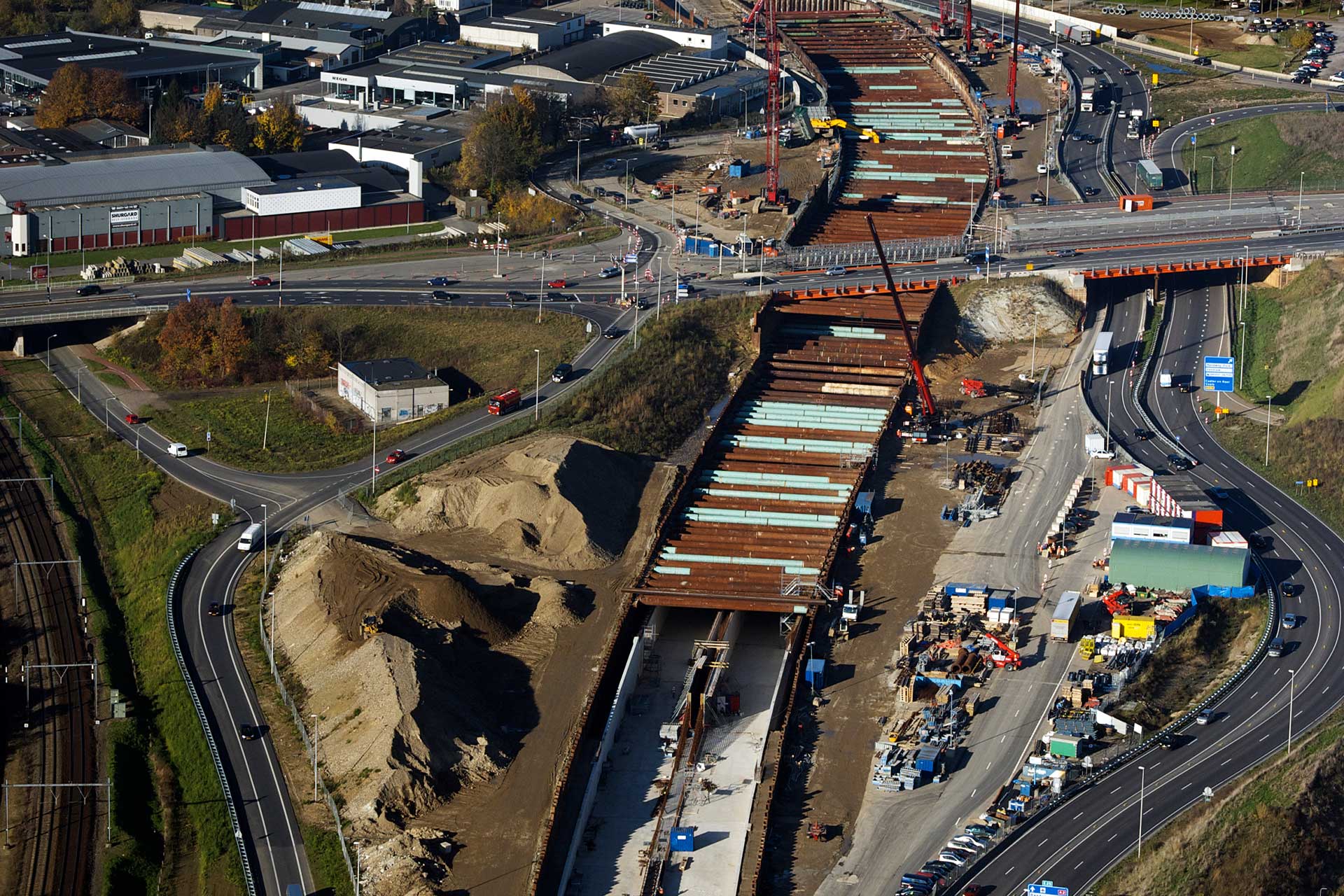When evaluating the machinery layout at a construction site, an initial step involves visually assessing elements such as dryness, load-bearing capacity, and surface evenness. Subsequent evaluation hinges on the findings of one or multiple soundings or manual probes.
Researching soil trafficability
Soil load-bearing capacity holds significant importance for vehicular traffic and pedestrian movement. The state of the construction site directly influences equipment stability and the working conditions of personnel. The surface's upper layer should consist of clean sand with sufficient water permeability. Thus, the quality of this upper layer, the load-bearing capacity of the ground surface, and the types of vehicles in use collectively impact the navigability of a construction site. Additionally, the anticipated maximum soil pressure per square meter is a key factor in this assessment.
Manual
Understanding soil behavior and load-bearing capacity can be achieved through a range of methods, involving both manual and mechanical techniques, both on-site and through subsequent laboratory sampling and analysis. In manual research of penetration resistance, several steps are taken:
- Conduct profile drilling at various locations to identify distinct underlying soil layers.
- Determine the locations and depths where manual soundings are needed.
- Specify the number of plots for the project, with a minimum of 4 measurements per plot.
- Select an appropriate cone diameter; a smaller cone is used for higher resistance.
- The measurement is conducted to a certain depth, based on the chosen device. By excavating the tested area, deeper testing can be performed.
- Recognize that one measurement isn't sufficient; the crucial element lies in gaining insights and understanding through multiple measurements and variations.
By machine
A Cone Penetration Testing (CPT) rig is a specialized apparatus designed to assess soil behavior through the measurement of penetration resistance. Operated by a machine-driven pushframe, this rig propels an instrumented cone into the ground at a controlled speed, thereby gauging resistance at the cone tip. The measurements yield insights into the depth of load-bearing layers and assist in determining factors such as the required depth for driving piles into the ground. Additionally, this technique, using the appropriate cone, can gauge porewater pressure.
Insight in groundwater levels
During excavation of construction pits or the construction of tunnels, groundwater can pose challenges. It's essential to temporarily manage its discharge in a safe manner. Concurrently, monitoring the groundwater level becomes crucial to ascertain the extent of discharge. Empire United Ltd. offers a comprehensive suite of equipment for installing monitoring wells, including water sensors and modems to facilitate the transmission of collected data.


